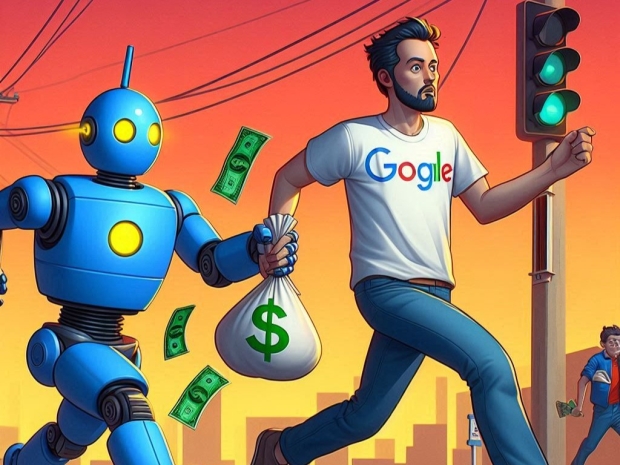According to OpenAI SearchGPT, searching is more accessible by providing direct answers with transparent sources, which could make searches faster and more relevant.
The search engine starts with a large textbox that asks the user “What are you looking for?” But rather than returning a plain list of links, SearchGPT tries to organize and make sense of them. In one example from OpenAI, the search engine summarizes its findings on music festivals and then presents short descriptions of the events followed by an attribution link.
In another example, it explains when to plant tomatoes before breaking down different varieties of the plant. After the results appear, you can ask follow-up questions or click the sidebar to open other relevant links. There’s also a feature called “visual answers,” but OpenAI does not explain how this works.
This AI-enhanced tool focuses on strong partnerships with publishers and creators, aiming to increase the visibility of high-quality content. These features might appeal to users who want efficient and reliable ways to find information.
Google has always adapted to user needs and competition. However, the rise of AI-driven search technologies like SearchGPT introduces a new challenge.
OpenAI’s focus on combining conversational AI with search functions offers a fresh approach that could attract users and publishers looking for more interactive and precise search options.
While it’s too early to predict the exact impact of SearchGPT, Google may need to monitor this development closely.
The potential for AI to significantly change search experiences is clear, and Google might have to innovate further to maintain its leading position in the market.

